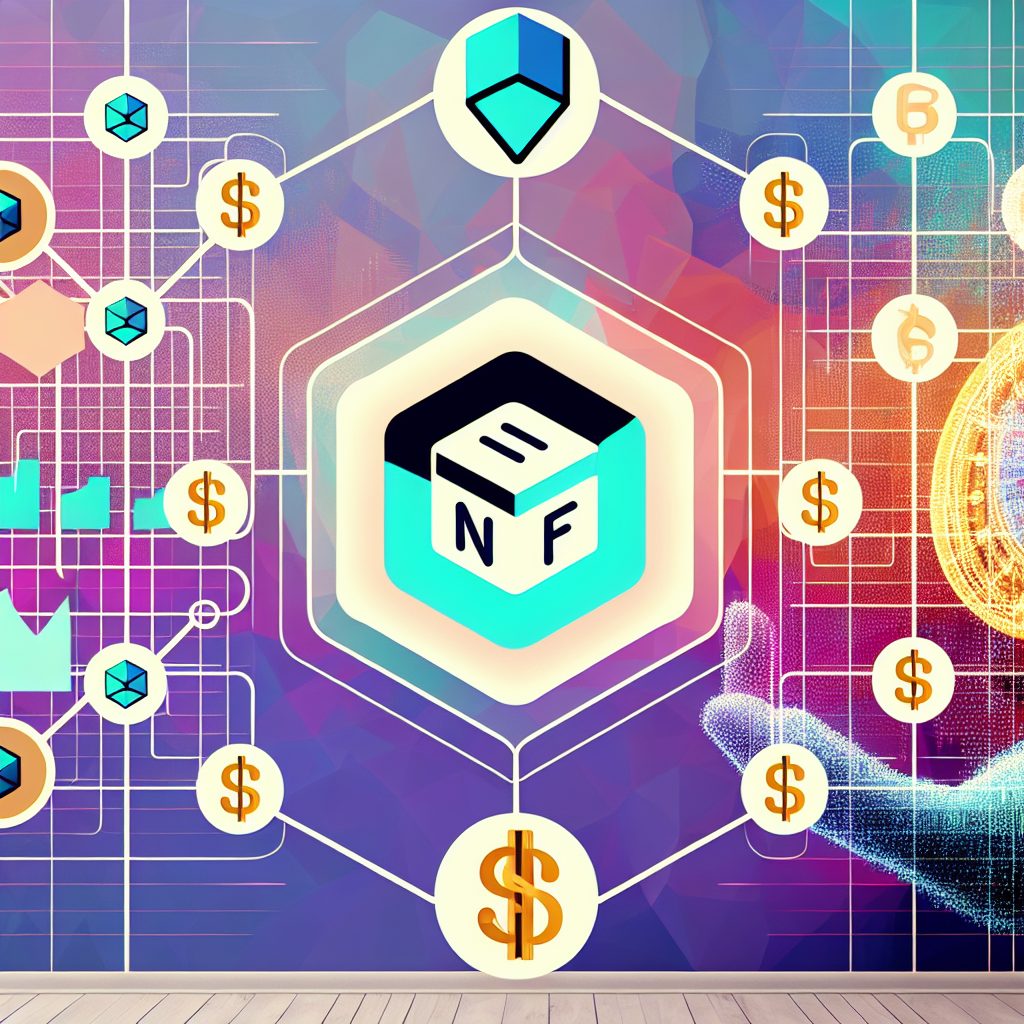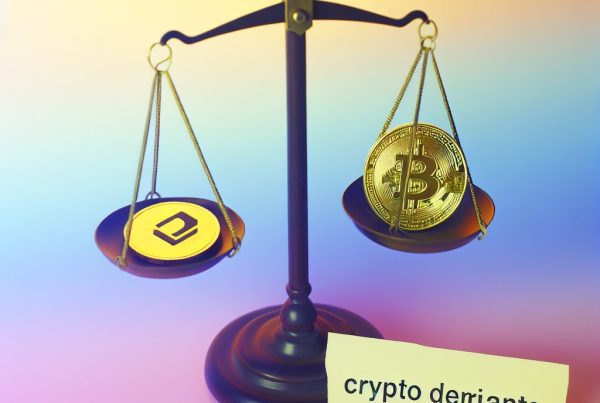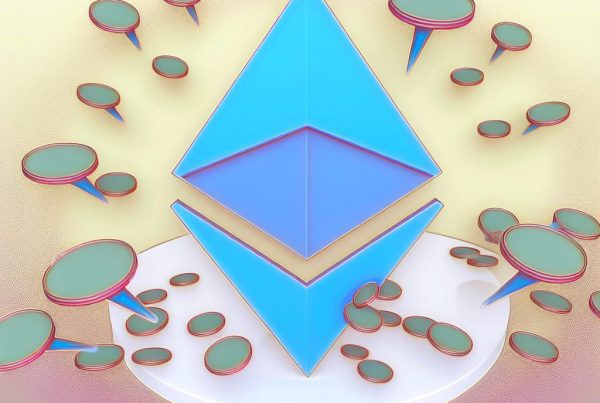Understanding NFT Supply Mechanics
The world of Non-Fungible Tokens (NFTs) has exploded in popularity, captivating artists, collectors, and investors alike. As the market continues to evolve, understanding the mechanics of NFT supply becomes crucial for anyone looking to navigate this digital landscape. This article delves into the intricacies of NFT supply mechanics, exploring how they influence value, scarcity, and market dynamics.
What are NFTs?
Non-Fungible Tokens (NFTs) are unique digital assets verified using blockchain technology. Unlike cryptocurrencies such as Bitcoin or Ethereum, which are fungible and can be exchanged on a one-to-one basis, NFTs represent ownership of a specific item or piece of content, making them distinct and irreplaceable.
Common applications of NFTs include:
- Digital art
- Collectibles
- Music and videos
- Virtual real estate
- In-game items
The Basics of NFT Supply
Understanding NFT supply mechanics involves grasping the concepts of scarcity, ownership, and market demand. The supply of NFTs can be categorized into two main types: limited supply and infinite supply.
Limited Supply NFTs
Limited supply NFTs are created in a finite quantity. This scarcity can significantly enhance their value, as collectors often seek rare items. For example, a digital artist may release only 100 copies of a particular artwork as NFTs. The limited nature of these tokens can drive up demand, leading to higher prices in the secondary market.
Infinite Supply NFTs
On the other hand, infinite supply NFTs can be created without restrictions. These tokens may not hold the same value as their limited counterparts, as the abundance can lead to oversaturation in the market. However, some projects utilize infinite supply models to encourage community participation and engagement.

Factors Influencing NFT Supply Mechanics
Several factors influence the supply mechanics of NFTs, including:
- Creator Intent: The artist or creator’s vision plays a crucial role in determining the supply of NFTs. Some may choose to limit their creations to enhance exclusivity.
- Market Demand: High demand for specific NFTs can lead creators to release additional tokens, impacting overall supply.
- Platform Policies: Different NFT marketplaces have varying rules regarding supply and minting processes, affecting how NFTs are created and sold.
- Technological Innovations: Advances in blockchain technology can introduce new ways to create and manage NFT supply.
Understanding Rarity and Value
The concept of rarity is central to the value of NFTs. Rarity can be defined by several factors:
- Edition Size: The number of copies available directly impacts rarity. Limited editions are often more sought after.
- Unique Attributes: Some NFTs may have unique features or traits that make them more desirable.
- Historical Significance: NFTs associated with significant events or popular culture can carry additional value.
For instance, the NFT market saw a surge in interest when digital artist Beeple sold his piece “Everydays: The First 5000 Days” for $69 million. The uniqueness and historical significance of this artwork contributed to its astronomical value.
Case Studies in NFT Supply Mechanics
Examining real-world examples can provide valuable insights into NFT supply mechanics. Here are a few notable case studies:
CryptoPunks
CryptoPunks, one of the earliest NFT projects, consists of 10,000 unique 24×24 pixel art characters. The limited supply and distinct characteristics of each punk have made them highly coveted, with some selling for millions of dollars. The rarity and historical significance of CryptoPunks have solidified their status as a cultural phenomenon in the NFT space.
Bored Ape Yacht Club (BAYC)
The Bored Ape Yacht Club is another successful NFT project that features 10,000 unique apes, each with different traits and accessories. The limited supply, combined with community engagement and exclusive benefits for holders, has driven demand and increased the value of these NFTs significantly.
The Role of Smart Contracts in NFT Supply
Smart contracts are self-executing contracts with the terms of the agreement directly written into code. In the context of NFTs, smart contracts play a vital role in managing supply mechanics. They govern the creation, transfer, and ownership of NFTs, ensuring transparency and security.
Key functions of smart contracts in NFT supply include:
- Minting: Smart contracts define how many NFTs can be minted and under what conditions.
- Royalties: Creators can set up royalty structures within smart contracts, allowing them to earn a percentage of future sales.
- Ownership Verification: Smart contracts provide a transparent record of ownership, ensuring that buyers can verify the authenticity of their NFTs.
Market Dynamics and NFT Supply
The NFT market is influenced by various dynamics that can affect supply and demand. Understanding these dynamics is essential for anyone looking to invest in or create NFTs.
Speculation and Hype
The NFT market is often driven by speculation and hype. When a particular project gains traction, demand can skyrocket, leading to increased prices. However, this can also result in volatility, as prices may plummet once the hype subsides.
Community Engagement
Community plays a significant role in the success of NFT projects. Engaged communities can drive demand and create a sense of belonging among holders. Projects that foster strong communities often see sustained interest and value appreciation.
Market Saturation
As more creators enter the NFT space, market saturation can occur. An oversupply of NFTs can dilute value, making it essential for creators to differentiate their offerings and maintain a unique appeal.
Future Trends in NFT Supply Mechanics
The NFT landscape is continually evolving, and several trends are shaping the future of NFT supply mechanics:
- Dynamic NFTs: These NFTs can change over time based on certain conditions, adding a layer of complexity to supply mechanics.
- Fractional Ownership: Fractionalizing NFTs allows multiple investors to own a share of a high-value NFT, broadening access and liquidity.
- Interoperability: As different blockchains develop, the ability for NFTs to move across platforms may become more prevalent, impacting supply dynamics.
FAQs about NFT Supply Mechanics
What is the difference between fungible and non-fungible tokens?
Fungible tokens are interchangeable and have the same value (e.g., cryptocurrencies like Bitcoin), while non-fungible tokens are unique and cannot be exchanged on a one-to-one basis.
How does scarcity affect the value of NFTs?
Scarcity increases demand for NFTs, as collectors often seek rare items. Limited supply can drive up prices in the secondary market.
Can NFTs have royalties for creators?
Yes, smart contracts can be programmed to include royalty structures, allowing creators to earn a percentage of future sales.
What are dynamic NFTs?
Dynamic NFTs are tokens that can change over time based on specific conditions, adding complexity to their supply and value.
Conclusion
Understanding NFT supply mechanics is essential for anyone looking to engage with this burgeoning market. By grasping the concepts of scarcity, rarity, and market dynamics, creators and collectors can make informed decisions that enhance their experiences in the NFT space. As the industry continues to evolve, staying updated on trends and developments will be crucial for success.
For the latest news and price tracking in the cryptocurrency world, consider visiting Bitrabo. Follow me on social media for more insights: X, Instagram, and Threads.
Disclaimer: This article is for informational purposes only and should not be considered financial advice. Always conduct your own research before making investment decisions.
The Crypto Watchlist of the Week 🔎
Subscribe to receive expert-curated projects with real potential—plus trends, risks, and insights that matter. Get handpicked crypto projects, deep analysis & market updates delivered to you.


